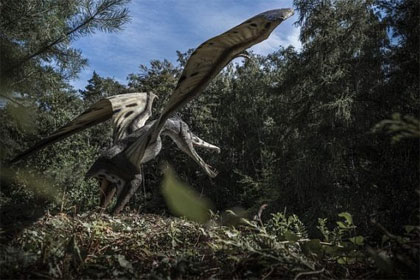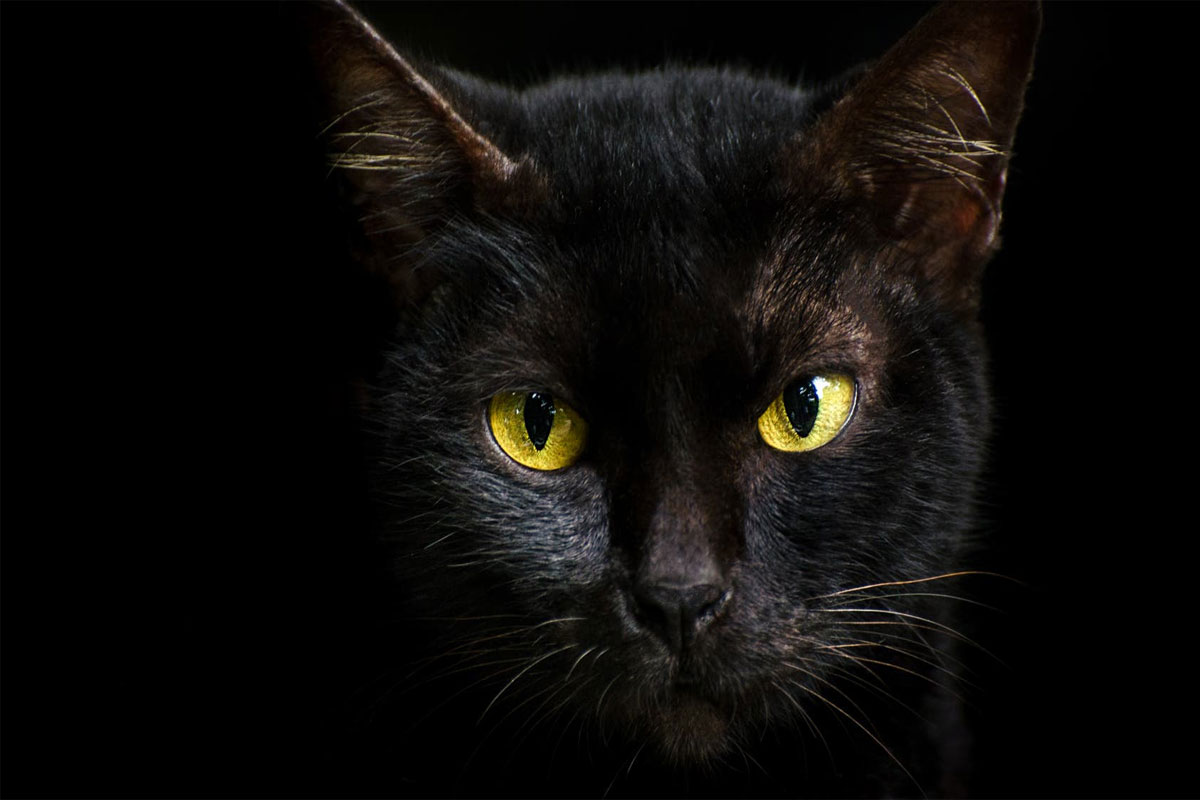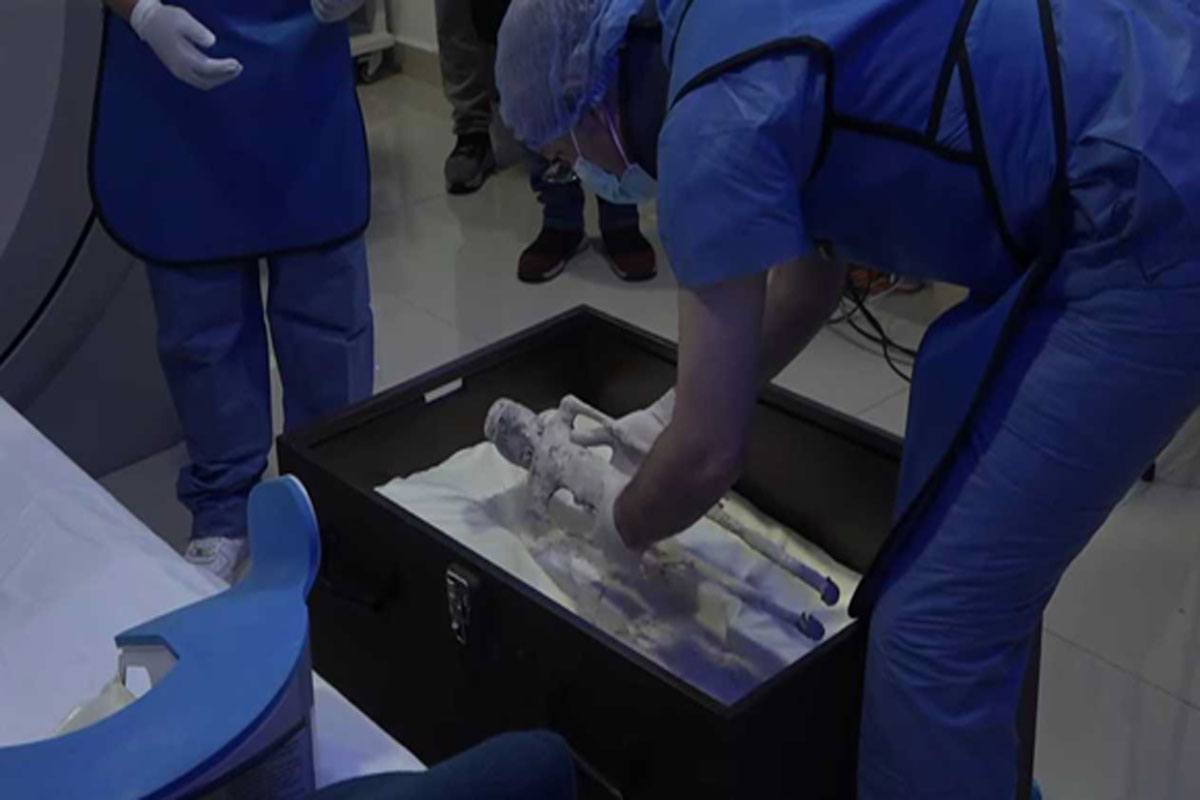
World’s Largest Jurassic Era Pterosaur Discovered in Scotland
Paul Seaburn February 25, 2022
If dinosaurs could talk and had someone or something to talk to, they might sit around the tar pits and discuss where those blasted flying creatures came from. If one said “Sky,” they would be right on two counts – they did swoop in on their prey from the sky, and fossil hunters in Scotland have discovered remains of the world’s largest Jurassic pterosaur on the Isle of Skye. The Jurassic age was early in the evolution of pterosaurs – those grounded forever by the Cretaceous event were the size of modern private jets – but these were still large and reveal new information about their evolution.
 It was dangerous to mess with pterosaurs in any era.
It was dangerous to mess with pterosaurs in any era.
“Dearc is the biggest pterosaur we know from the Jurassic period, and that tells us that pterosaurs got larger much earlier than we thought, long before the Cretaceous period, when they were competing with birds — and that’s hugely significant.”
Steve Brusatte, lead researcher of a study published in Current Biology and professor and personal chair of paleontology and evolution at the University of Edinburgh, is referring to Dearc sgiathanach – the newly discovered pterosaur so significant its name has a double meaning — Dearc sgiathanach means both “winged reptile” and in Gaelic “reptile from Skye.” He and his team say this is the “best-preserved skeleton of a pterosaur found in Scotland” and attribute its discovery in 2017 to a Edinburgh PhD student Amelia Penny, who say the jaw sticking out of a limestone formation at Rubha nam Brathairean (Brothers’ Point). (Photos and illustrations can be seen here.) There was more than a jaw.
“And yet our skeleton, ~160 million years on since its death, remains in almost pristine condition, articulated and almost complete. Its sharp fish-snatching teeth still retaining a shiny enamel cover as if he were alive mere weeks ago.”
The skeleton was 70% complete and team member Natalia Jagielska, from the university’s School of GeoSciences, says in the university press release that the “almost pristine” Dearc was not yet fully grown – the bones indicate it would have had an adult wingspan of 8 feet (>2.5 meters). That’s a big surprise for a flying creature in the Jurassic period when it would have had few natural enemies … and none that could fly. That changed during the Cretaceous with the appearance of birds, which are believed to have driven some of the smaller pterosaurs of the time to near extinction.
 World’s largest Jurassic pterosaur found on Scottish isle
World’s largest Jurassic pterosaur found on Scottish isle
A spectacular fossil of a huge flying reptile known as a pterosaur, that was found on the Isle of Skye, is the l…
 It’s hard to believe birds would challenge pterosaurs.
It’s hard to believe birds would challenge pterosaurs.
“This is a superlative Scottish fossil. The preservation is amazing, far beyond any pterosaur ever found in Scotland and probably the best British skeleton found since the days of Mary Anning in the early 1800s.”
Like all good Scots, Brusatte is proud of his giant Scottish pterosaur, as are Natalia Jagielska (“It’s a discovery of the century”) and Amelia Penny, who says its discovery “is not something I’d ever dared to expect might happen to me.” Because pterosaur bones and skin were so thin and fragile, few fossils are found, so Dearc sgiathanach, while stored at the National Museum of Scotland, will help researchers around the world to fill in gaps in the evolution of giant flying reptiles.
“Slàinte mhath!” to you, Dearc sgiathanach.
MU*





















